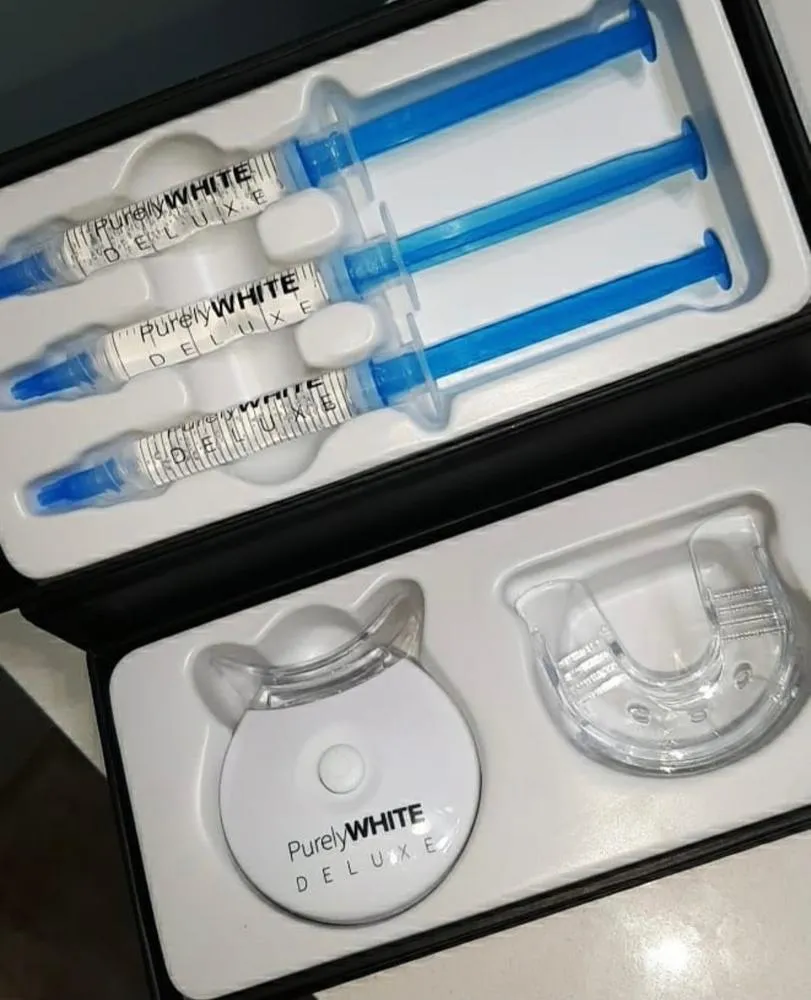What is Teeth Whitening?
Teeth whitening, also known as teeth bleaching, is a cosmetic dental procedure designed to lighten the color of your teeth. Over time, teeth can become discolored due to various factors, including aging, genetics, diet, and lifestyle choices. Teeth whitening aims to remove stains and brighten the natural color of your teeth, giving you a more youthful and confident smile. It’s a popular procedure for those seeking to enhance their appearance and boost their self-esteem. The process involves the use of bleaching agents that penetrate the enamel and dentin, breaking down the stain molecules and resulting in a brighter smile. Numerous options are available, ranging from over-the-counter products to professional treatments.
The Science Behind Whitening Teeth
Understanding the science behind teeth whitening provides insights into how the process works. The primary active ingredient in most whitening products is hydrogen peroxide or carbamide peroxide. These compounds act as oxidizing agents, meaning they release oxygen molecules when applied to the teeth. These oxygen molecules penetrate the enamel and dentin layers, the outer and inner layers of your teeth. Once inside, they break down the stain molecules that have accumulated over time. Stains can be caused by the consumption of dark-colored foods and drinks, tobacco use, and even certain medications. The oxidation process effectively neutralizes these stains, leaving your teeth looking whiter. The effectiveness of the whitening depends on the concentration of the peroxide and the duration of the treatment.
How Teeth Whitening Works
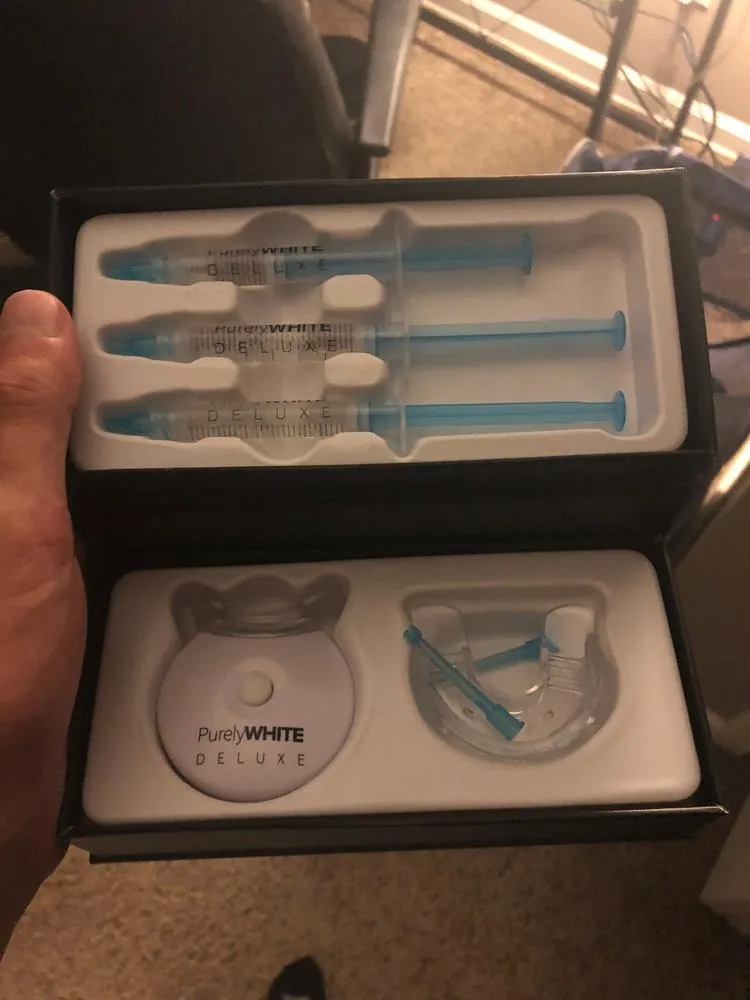
Teeth whitening works through a chemical process that lightens the color of your teeth. The active ingredients, typically hydrogen peroxide or carbamide peroxide, are applied to the tooth surface. These chemicals break down into smaller molecules that can penetrate the enamel and dentin. Once inside, they react with the stain molecules, breaking them down into less visible components. This process doesn’t remove the enamel; instead, it alters the way light reflects off the teeth, making them appear whiter. The concentration of the whitening agent, the contact time, and the method of application (e.g., strips, trays, in-office treatments) all influence the results. The overall goal is to restore the natural whiteness of your teeth and remove any discoloration caused by external factors.
Types of Teeth Whitening Kits
Numerous teeth whitening kits are available, offering various options to suit different needs and preferences. These kits can be broadly categorized into over-the-counter (OTC) and professional treatments. OTC kits are generally more affordable and accessible, allowing you to whiten your teeth at home without a dentist’s supervision. However, they typically contain lower concentrations of the active whitening agents. Professional treatments, performed by a dentist, use higher concentrations and can yield faster and more dramatic results. Each type of kit has its advantages and disadvantages regarding effectiveness, convenience, and potential side effects. Selecting the right kit depends on individual factors, such as the level of staining, tooth sensitivity, and budget.
Over-the-Counter Whitening Kits
Over-the-counter whitening kits offer a convenient and cost-effective way to brighten your smile at home. These kits typically include whitening strips, trays with gel, or whitening toothpastes. Whitening strips are thin, flexible strips coated with a whitening agent that you apply directly to your teeth. Tray-based systems involve filling custom or pre-filled trays with a whitening gel and wearing them for a specific time. Whitening toothpastes contain mild abrasives and whitening agents to remove surface stains. While OTC kits are generally safe and easy to use, they often contain lower concentrations of whitening agents, so the results might be less dramatic than professional treatments. It’s essential to follow the product instructions carefully to minimize potential side effects and achieve the best results.
Whitening Toothpastes

Whitening toothpastes are a popular choice for those looking to enhance their smile. They typically contain mild abrasives and chemical agents to remove surface stains. Unlike other whitening methods, whitening toothpastes do not change the intrinsic color of the teeth. Instead, they focus on removing external stains caused by food, drinks, and tobacco. These toothpastes often contain ingredients like silica, hydrated silica, or calcium carbonate, which gently polish the tooth surface. Some also contain low concentrations of peroxide or other whitening agents. While whitening toothpastes can improve the appearance of your teeth, they may not produce significant whitening results on their own. Consistent use can help maintain a brighter smile and prevent new stains from forming. However, it’s essential to choose toothpastes that are not overly abrasive to avoid damaging the enamel.
Whitening Strips
Whitening strips are a convenient and widely used method for teeth whitening at home. These thin, flexible strips are coated with a whitening agent, typically hydrogen peroxide, and are designed to adhere to the teeth. To use them, you apply the strips to your upper and lower teeth, ensuring they cover the visible surfaces. The strips are left in place for the recommended time, typically 30 minutes to an hour, depending on the product. Over-the-counter whitening strips usually contain lower concentrations of hydrogen peroxide compared to professional treatments, making them a safer option for home use. Regular use of whitening strips can effectively remove surface stains and lighten your teeth. Results vary, but many users see noticeable improvement within a few weeks. Always follow the product instructions to ensure safe and effective use.
Professional Teeth Whitening Options
Professional teeth whitening offers the most effective and quickest results. Dentists use stronger whitening agents, typically containing a higher concentration of hydrogen peroxide. These treatments are performed in a controlled environment, ensuring the safety and effectiveness of the procedure. Professional whitening can dramatically whiten teeth in a single session. This method involves isolating the gums and applying the whitening agent to the teeth. A special light or laser may be used to accelerate the whitening process. While professional treatments are more expensive than at-home options, they provide superior results and are often recommended for severely stained teeth or those seeking immediate results. Consulting with a dentist is crucial to determine the most appropriate whitening treatment for your specific needs and oral health.
In-Office Whitening Procedures
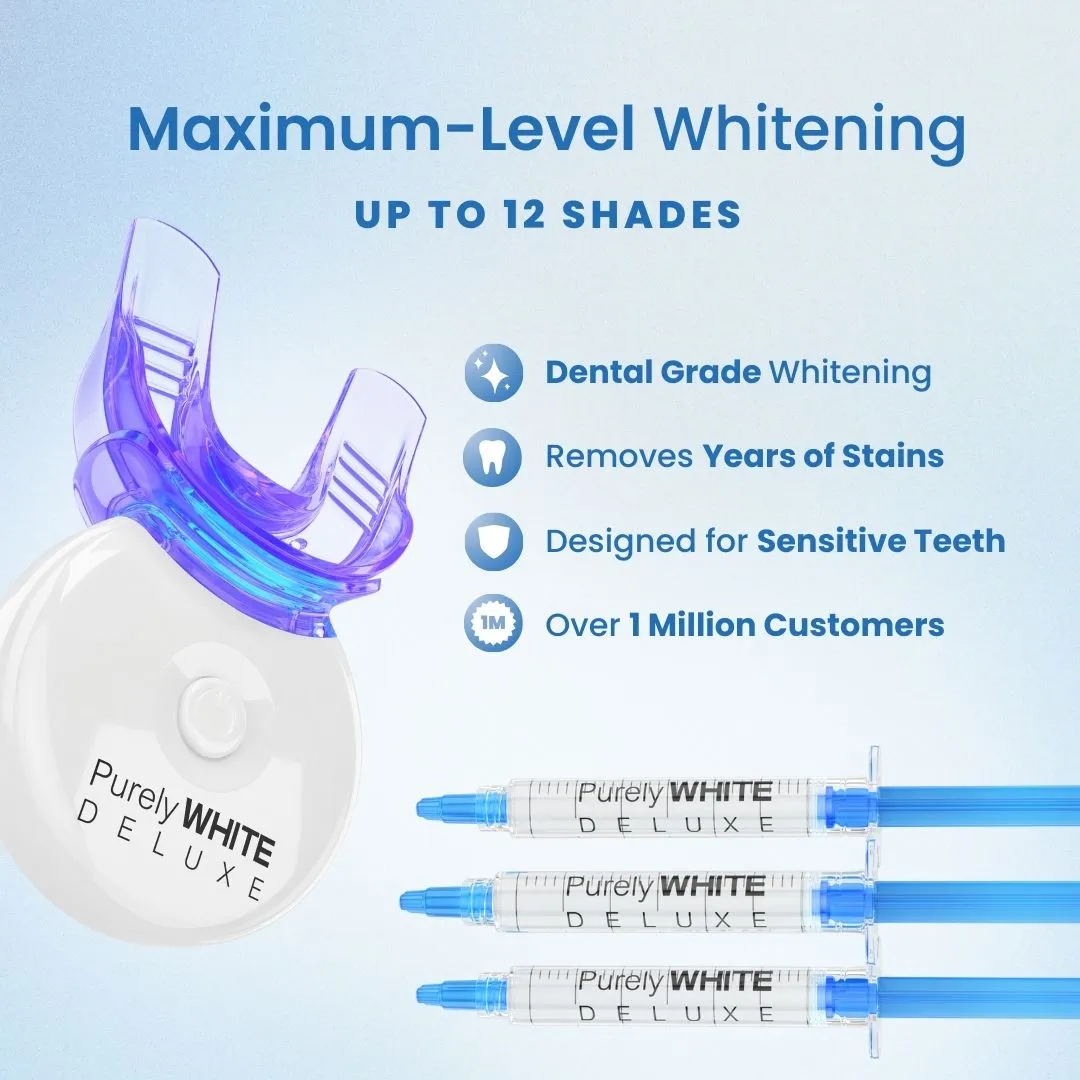
In-office teeth whitening, performed by a dentist, is the most effective way to achieve a dramatically whiter smile quickly. The dentist will first examine your teeth and gums to ensure that you are a suitable candidate for the procedure. The process involves isolating your gums with a protective barrier and applying a high-concentration whitening gel to your teeth. The dentist may use a special light or laser to activate the whitening agent and accelerate the process. The entire procedure typically takes about an hour, and you’ll see significant results immediately. In-office whitening is ideal for people who want fast results and those with stubborn stains. It is also the safest option, as the procedure is performed under the supervision of a dental professional who can monitor for any potential side effects.
At-Home Whitening with Dentist Supervision
Another professional option is at-home whitening with the guidance of a dentist. In this method, your dentist will create custom-fitted trays that perfectly fit your teeth. You’ll be provided with a professional-strength whitening gel to use in these trays at home. This approach offers a balance between the convenience of at-home whitening and the benefits of professional supervision. Your dentist will monitor your progress and address any concerns or side effects that may arise. At-home whitening with a dentist’s supervision offers more effective results than over-the-counter options, and the custom-fitted trays ensure even whitening and reduce the risk of gum irritation. The dentist can also recommend the best whitening agent for your specific needs and tooth sensitivity.
Choosing the Right Whitening Kit
Choosing the right whitening kit depends on your individual needs and preferences. Consider the level of staining on your teeth and how quickly you want to see results. Over-the-counter kits are a good option if you have mild staining and prefer a more affordable and convenient solution. However, they may take longer to produce noticeable results than professional treatments. If you have significant staining or desire immediate results, professional whitening options are likely the best choice. Also, assess your tooth sensitivity. Those with sensitive teeth should choose kits with lower concentrations of whitening agents or consult a dentist. Read reviews and compare different products. Make sure to follow the instructions carefully for safe and effective use.
Factors to Consider Before Whitening
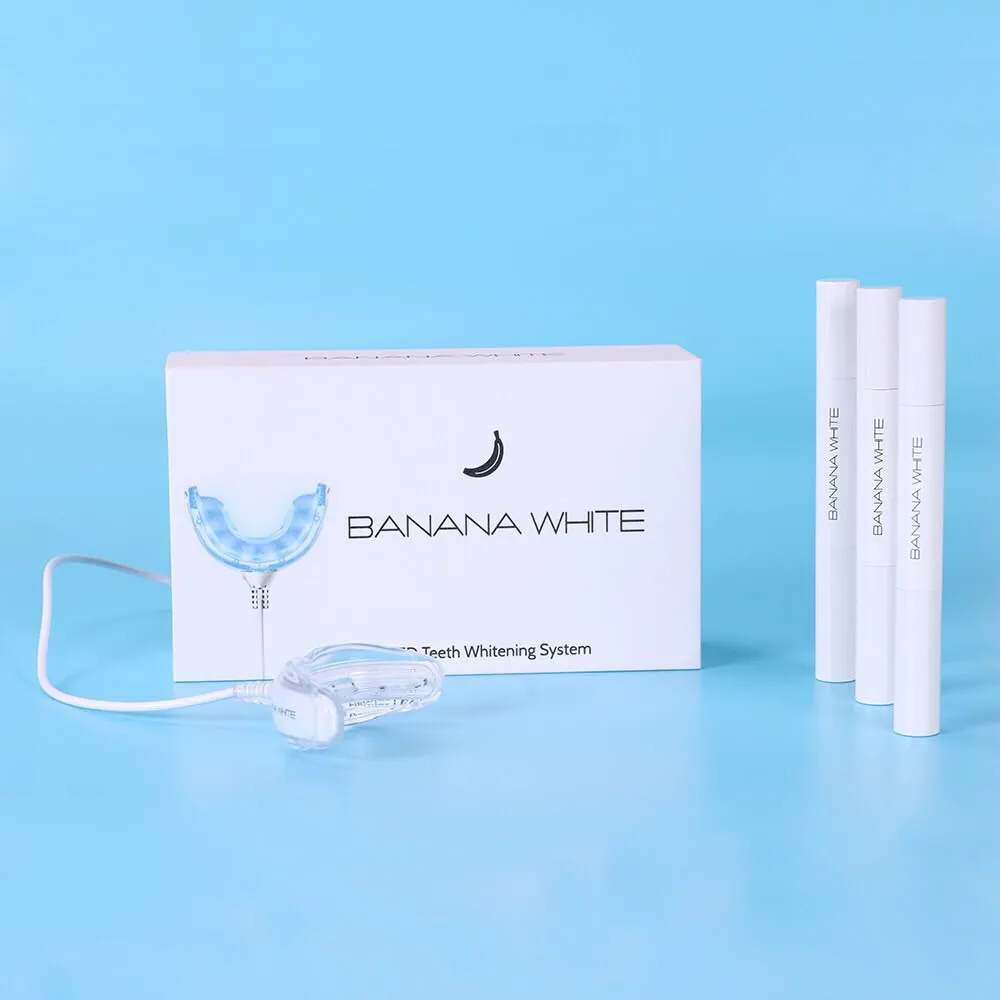
Before starting any teeth whitening treatment, several factors must be considered. Assess your current oral health. It is crucial to have healthy gums and teeth before undergoing any whitening procedure. Untreated dental problems, such as cavities or gum disease, should be addressed before whitening. Understand the level of staining on your teeth. The effectiveness of whitening treatments varies depending on the type and severity of the stains. Surface stains, caused by food and drink, are often easier to remove than intrinsic stains, which are deeper within the tooth. Evaluate the sensitivity of your teeth. If you have sensitive teeth, choose a whitening kit with a lower concentration of hydrogen peroxide or carbamide peroxide to minimize discomfort. Consulting a dentist can help determine the best course of action.
Your Current Oral Health
Before undergoing teeth whitening, evaluating your current oral health is essential. You should have a check-up and cleaning to ensure there are no underlying dental issues. Untreated cavities or gum disease can worsen during the whitening process and lead to increased sensitivity or discomfort. Whitening agents can penetrate weakened areas of the teeth, causing pain or irritation. A dentist can identify and treat any dental problems before you start whitening. This includes treating cavities, addressing gum inflammation, and ensuring your teeth and gums are in optimal condition for the procedure. Maintaining good oral hygiene practices, such as regular brushing and flossing, is also crucial for healthy teeth and gums.
The Level of Staining
The level of staining on your teeth plays a significant role in determining the effectiveness of teeth whitening. Surface stains, caused by foods, drinks, and tobacco use, are often easier to remove with over-the-counter whitening kits or professional treatments. Intrinsic stains, which are embedded deeper within the tooth structure, may be more challenging to lighten. The type of stain can affect the whitening results; some stains respond better to certain whitening agents or methods. For example, professional whitening treatments can often address more stubborn stains, while over-the-counter options may be suitable for milder discoloration. Consulting a dentist to assess the type and severity of your stains is important to determine the most effective whitening approach and set realistic expectations.
The Sensitivity of Your Teeth

Tooth sensitivity is a crucial factor to consider when choosing a teeth whitening method. Some people have naturally sensitive teeth, and the whitening process can exacerbate this sensitivity. Whitening agents, particularly hydrogen peroxide, can penetrate the enamel and dentin, potentially irritating the nerves in your teeth. If you have sensitive teeth, opt for whitening kits with lower concentrations of the active whitening agent or consult a dentist for guidance. Desensitizing toothpastes, containing ingredients like potassium nitrate, can help reduce sensitivity before, during, and after whitening. It is also important to follow the instructions carefully and avoid over-whitening, which can increase sensitivity. Discussing your concerns with a dentist can help you find the most appropriate and comfortable teeth whitening solution.
How to Use a Whitening Kit
Using a teeth whitening kit effectively requires following the instructions carefully. Begin by brushing your teeth thoroughly to remove surface debris. If using whitening strips, peel them from the backing and apply them to your upper and lower teeth, aligning them with your gumline. For tray-based systems, fill the trays with the whitening gel and insert them into your mouth. The instructions will specify the recommended wear time, typically ranging from 30 minutes to an hour. After the treatment time, remove the strips or trays and rinse your mouth with water. Avoid eating or drinking anything other than water for a certain period, as indicated in the instructions. Repeat the treatment daily or as directed until you achieve the desired level of whitening. Always consult with your dentist for personalized instructions.
Step-by-Step Guide
Here’s a step-by-step guide on how to use a typical teeth whitening kit. Begin by reading the instructions provided with your kit carefully. Start by brushing your teeth thoroughly to remove any food particles or plaque. If using strips, peel them from the backing and apply them to your upper and lower teeth, ensuring they are properly aligned with your gumline. For tray-based kits, fill the trays with the whitening gel, following the recommended amount. Insert the trays into your mouth and wear them for the specified time, usually 30 minutes to an hour. After the treatment, remove the strips or trays and rinse your mouth with water to remove any excess gel. Avoid eating or drinking anything other than water for at least an hour. Repeat this process daily or as instructed until you achieve your desired shade of white.
Tips for Optimal Results
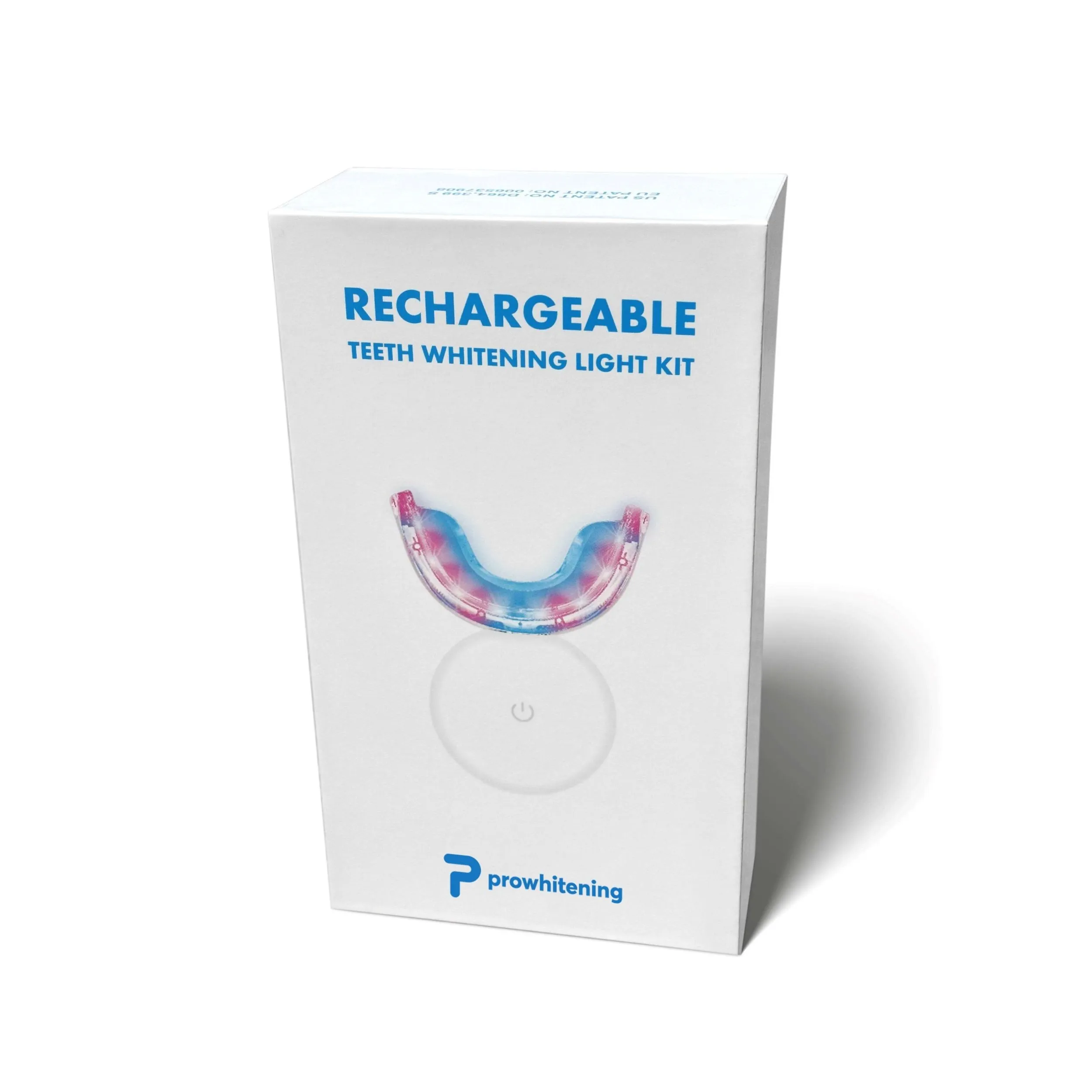
To achieve the best results with your teeth whitening kit, consider these tips. Prior to starting the whitening process, schedule a dental cleaning to remove any surface stains and plaque, which can hinder the effectiveness of the whitening agent. Ensure you follow the kit’s instructions meticulously, including the recommended application time and frequency. Avoid consuming foods and drinks that can stain your teeth, such as coffee, tea, red wine, and dark-colored berries, particularly during the whitening process. Use a desensitizing toothpaste if you experience tooth sensitivity, which can help alleviate discomfort. Maintain good oral hygiene, including regular brushing and flossing, to remove surface stains and prevent new ones. Consider using the whitening kit at night to minimize any exposure to staining foods or drinks throughout the day.
Maintaining Your Sparkling Smile
Maintaining your sparkling white smile requires consistent oral hygiene and lifestyle choices. Brush your teeth at least twice a day with a fluoride toothpaste, and floss daily to remove plaque and food particles. Avoid or limit your consumption of staining foods and drinks, such as coffee, tea, red wine, and dark-colored berries. If you consume these items, rinse your mouth with water afterward to minimize staining. Regular dental check-ups and cleanings are essential to maintain your results, and the dentist can provide professional cleanings to remove any surface stains. Consider using a whitening toothpaste or mouthwash to help maintain the brightness of your teeth. Avoid smoking, as tobacco use can significantly stain teeth and damage your oral health. Following these practices will help you enjoy a bright smile for longer.
Dietary Considerations for Whiter Teeth
Your diet plays a crucial role in maintaining a white smile. Certain foods and drinks can stain your teeth and diminish the effects of whitening treatments. Minimize your intake of coffee, tea, red wine, and dark-colored sodas, which contain chromogens that can easily stain your teeth. Foods like berries, tomato-based sauces, and soy sauce also have the potential to stain. Include plenty of teeth-friendly foods in your diet. Crunchy fruits and vegetables, like apples and carrots, can help scrub away surface stains. Dairy products, such as milk and yogurt, can strengthen your teeth due to their calcium content. Drink plenty of water throughout the day to rinse away food particles and prevent staining. Being mindful of your dietary choices can help you preserve the brightness of your smile.
Avoiding Staining Foods and Drinks
To keep your teeth white, it’s crucial to limit the consumption of staining foods and drinks. Coffee and tea are notorious for staining teeth due to their dark pigments and tannins. Red wine contains chromogens that can quickly stain tooth enamel. Dark-colored sodas, such as cola, can also contribute to staining. Certain fruits, like berries, are high in pigments that can stain teeth. Tomato-based sauces and soy sauce also pose a risk. If you consume these foods or beverages, rinse your mouth with water immediately afterward to minimize their impact. Consider using a straw for dark-colored drinks to reduce contact with your teeth. Be mindful of these dietary considerations to maintain a bright and beautiful smile.
Oral Hygiene for Long-Lasting Results
Maintaining a bright smile requires good oral hygiene practices. Brush your teeth at least twice a day with a fluoride toothpaste to remove plaque and surface stains. Floss daily to remove food particles and plaque from between your teeth, where brushing can’t reach. Use a whitening toothpaste or mouthwash to further enhance the brightness of your teeth. Schedule regular dental check-ups and cleanings to remove any stubborn stains and maintain optimal oral health. Avoid tobacco use, as smoking and chewing tobacco can heavily stain your teeth. Drinking plenty of water throughout the day can help rinse away food particles and keep your mouth clean. Consistent oral hygiene habits are key to long-lasting results.
Potential Side Effects and How to Manage Them
Teeth whitening, while generally safe, can have some potential side effects. Tooth sensitivity is a common concern, often resulting from the whitening agent penetrating the enamel and reaching the nerve endings. Gum irritation may occur if the whitening agent comes into contact with the soft tissues of your mouth. In rare cases, you may experience mild throat irritation or an allergic reaction. To manage these side effects, choose whitening kits with lower concentrations of the active ingredients. Use desensitizing toothpaste to reduce sensitivity. Apply the whitening product as directed to avoid over-whitening. Consult with your dentist if side effects persist or worsen. Good oral hygiene, including regular brushing and flossing, is important for maintaining oral health.
Tooth Sensitivity During Whitening
Tooth sensitivity is a common side effect of teeth whitening. The whitening agents, primarily hydrogen peroxide, can penetrate the enamel and dentin layers, potentially irritating the nerves in your teeth. This can result in increased sensitivity to hot, cold, sweet, or sour foods and drinks. The degree of sensitivity varies, but it usually subsides shortly after finishing the whitening treatment. To manage sensitivity, use a desensitizing toothpaste containing ingredients like potassium nitrate. Avoid extremely hot or cold foods and beverages during the whitening process. Consider using a lower concentration of the whitening agent or reducing the treatment duration. If sensitivity persists or becomes severe, consult with your dentist, who may recommend desensitizing treatments or adjustments to the whitening protocol.
Gum Irritation and How to Prevent It
Gum irritation is another potential side effect of teeth whitening. Whitening agents, particularly hydrogen peroxide, can irritate the soft tissues of your gums if they come into contact with them. This can cause redness, swelling, and discomfort. To prevent gum irritation, make sure to follow the product instructions meticulously and avoid overfilling the whitening trays. Ensure the whitening strips are properly positioned to cover only your teeth and not your gums. If you use a tray-based system, trim the trays to fit your teeth precisely, minimizing contact with your gums. If gum irritation occurs, discontinue the whitening treatment and consult with your dentist. They may recommend a different whitening method or suggest a desensitizing treatment to alleviate the discomfort.
